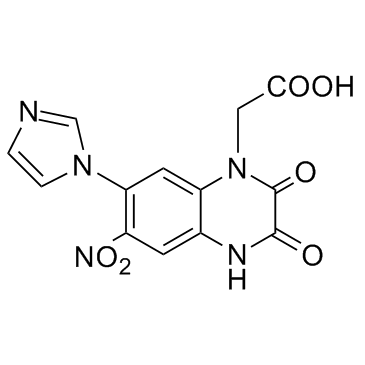iGluR
iGluR (ionotropic glutamate receptor) is a ligand-gated ion channel that is activated by the neurotransmitter glutamate. iGluR are integral membrane proteins compose of four large subunits that form a central ion channel pore. Sequence similarity among all known glutamate receptor subunits, including the AMPA, kainate, NMDA, and δ receptors.
AMPA receptors are the main charge carriers during basal transmission, permitting influx of sodium ions to depolarise the postsynaptic membrane. NMDA receptors are blocked by magnesium ions and therefore only permit ion flux following prior depolarisation. This enables them to act as coincidence detectors for synaptic plasticity. Calcium influx through NMDA receptors leads to persistent modifications in the strength of synaptic transmission.
Ziele für iGluR
Produkte für iGluR
- Bestell-Nr. Artikelname Informationen
-
GC16986
SDZ 220-581 hydrochloride
SDZ 220-581 Hydrochlorid ist ein oral aktiver, potenter, kompetitiver NMDA-Rezeptorantagonist mit einem pKi-Wert von 7,7.
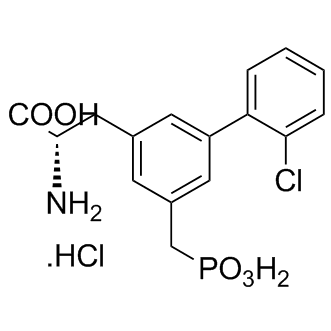
-
GC37703
Sunifiram
Sunifiram (DM-235) ist ein von Piperazin abgeleitetes, ampakinÄhnliches Medikament, das in Tierversuchen nootropische Wirkungen mit signifikant hÖherer Wirksamkeit als Piracetam hat.
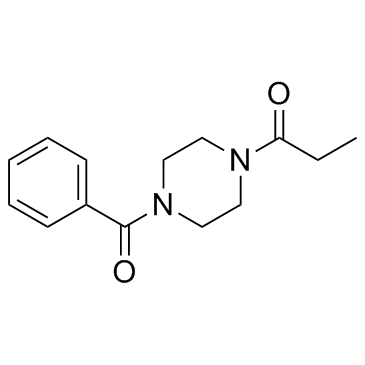
-
GC16101
SYM 2081
SYM 2081 ist ein hochaffiner Ligand und potenter, selektiver Agonist von Kainatrezeptoren, hemmt die [3H]-Kainatbindung mit einer IC50 von 35 nM, fast 3000- und 200-facher SelektivitÄt fÜr Kainatrezeptoren gegenÜber AMPA- bzw. NMDA-Rezeptoren[1 ].
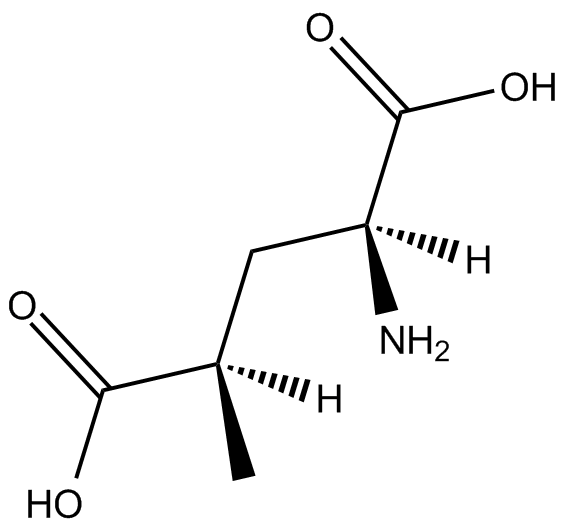
-
GC13728
SYM 2206
SYM 2206 ist ein potenter und nicht kompetitiver AMPA-Rezeptorantagonist mit einem IC50 von 1,6 μM.
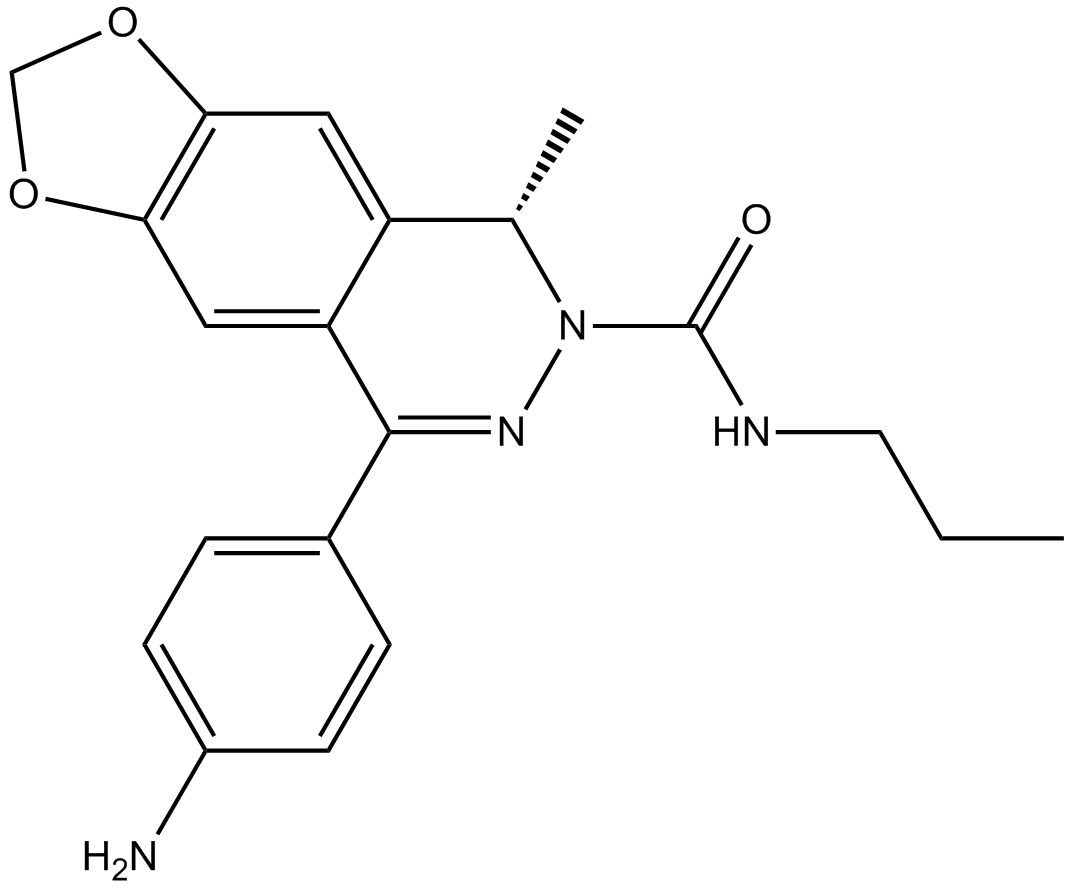
-
GC64650
TAK-653
TAK-653, ein AMPA-Rezeptor-Potentiator mit minimaler agonistischer AktivitÄt, erzeugt bei Ratten eine Antidepressivum-Ähnliche Wirkung mit einem gÜnstigen Sicherheitsprofil.
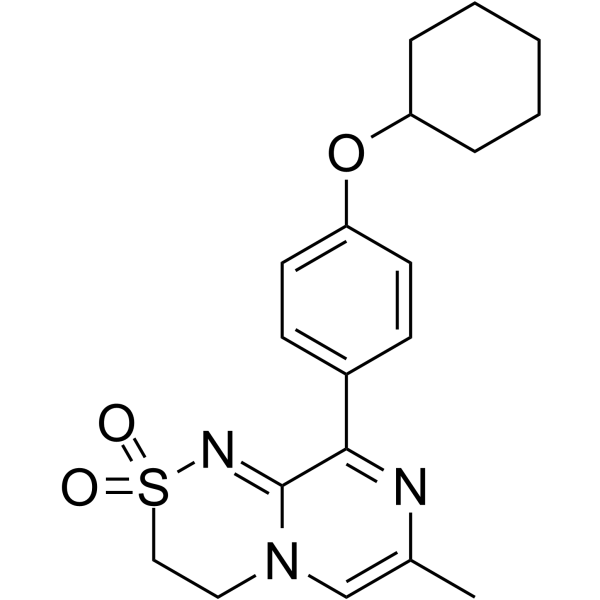
-
GC19346
Talampanel
Talampanel (LY300164) ist ein oraler und selektiver α-Amino-3-hydroxy-5-methyl-4-isoxazolpropionat (AMPA)-Rezeptorantagonist mit krampflÖsender Wirkung.
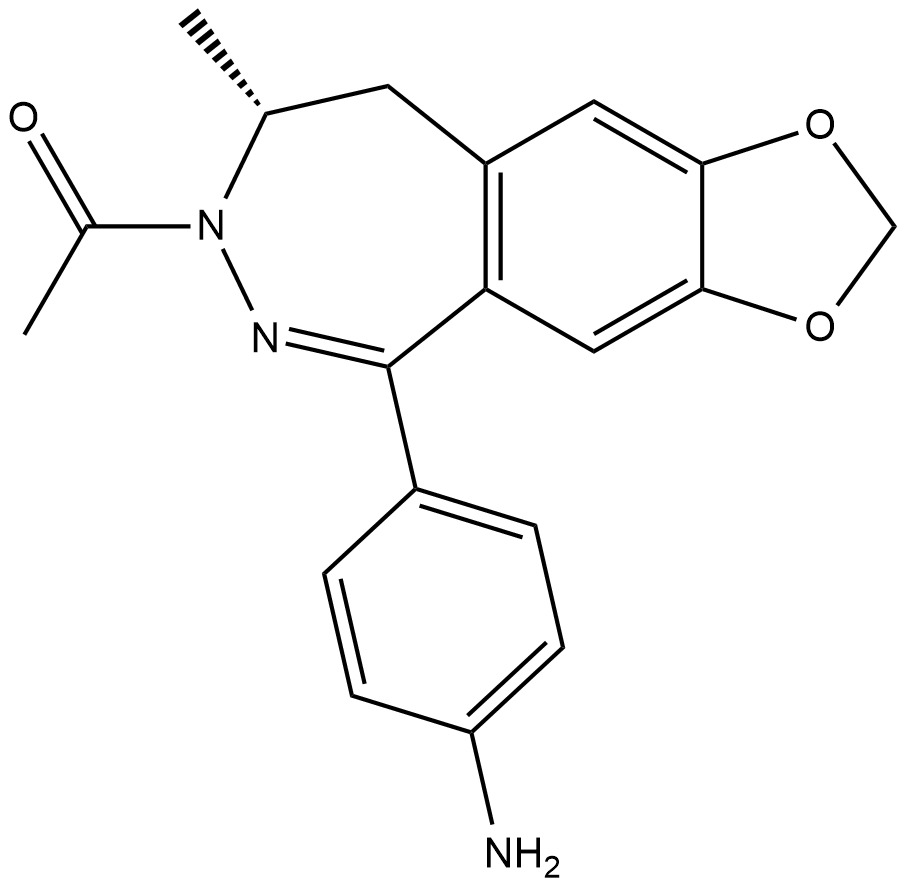
-
GC30774
Tat-NR2B9c
Tat-NR2B9c ist darauf ausgelegt, die Produktion von Stickstoffmonoxid (NO) zu verhindern, indem es das Binden von postsynaptischem Dichte-Protein 95 (PSD-95) an N-Methyl-D-Aspartat (NMDA)-Rezeptoren und neuronalen Stickstoffmonoxidsynthase verhindert.
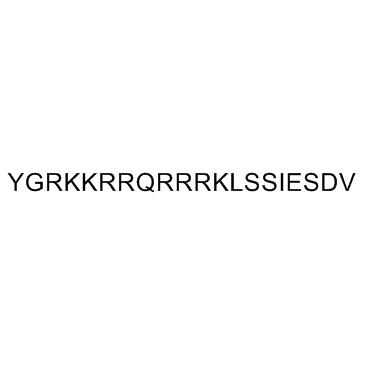
-
GC34828
Tat-NR2B9c TFA
Tat-NR2B9c TFA (Tat-NR2Bct TFA) ist ein Inhibitor der postsynaptischen Dichte 95 (PSD-95) mit EC50-Werten von 6,7 nM und 670 nM fÜr PSD-95d2 (PSD-95 PDZ-DomÄne 2) bzw. PSD-95d1 .
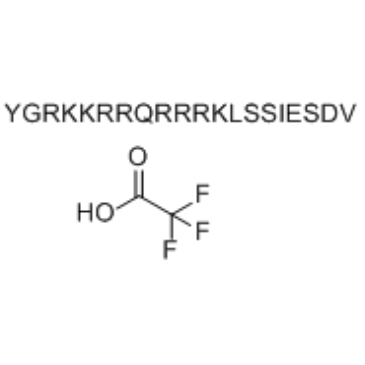
-
GC11585
TCN 237 dihydrochloride
TCN 237 Dihydrochlorid ist ein potenter und NR2B-selektiver NMDA-Antagonist mit einem Ki von 0,85 nM; NR2B Ca2+-Einstrom IC50 betrÄgt 9,7 nM; keine AktivitÄten auf NR2A, NR2C, NR2D, hERG-Kanal und α1-adrenergen Rezeptor.
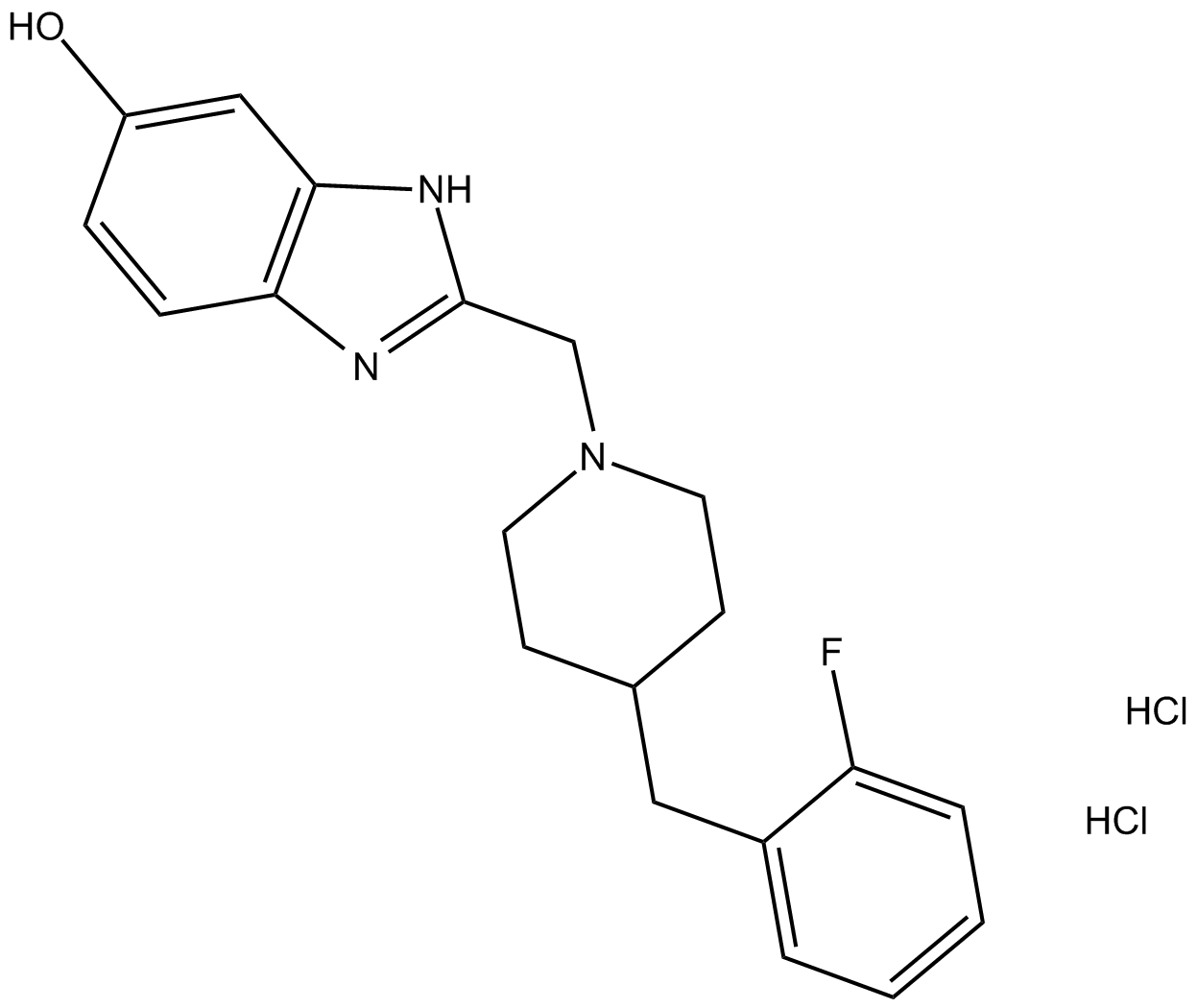
-
GC33341
Transcrocetin (trans-Crocetin)
Transcrocetin (trans-Crocetin) (trans-Crocetin), extrahiert aus Safran (Crocus sativus L.), wirkt als NMDA-Rezeptorantagonist mit hoher AffinitÄt. Transcrocetin (trans-Crocetin) (trans-Crocetin) ist in der Lage, die Blut-Hirn-Schranke zu Überwinden und das Zentralnervensystem (ZNS) zu erreichen.
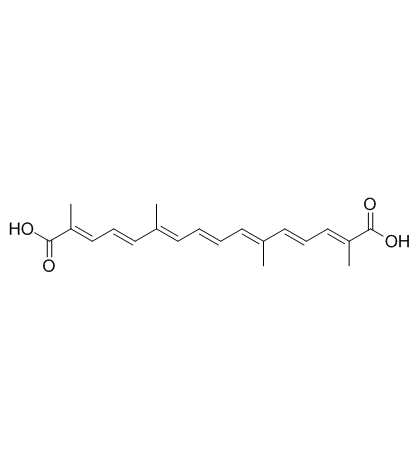
-
GC37821
Transcrocetin meglumine salt
Transcrocetin-Megluminsalz, extrahiert aus Safran (Crocus sativus L.), wirkt als NMDA-Rezeptorantagonist mit hoher AffinitÄt.
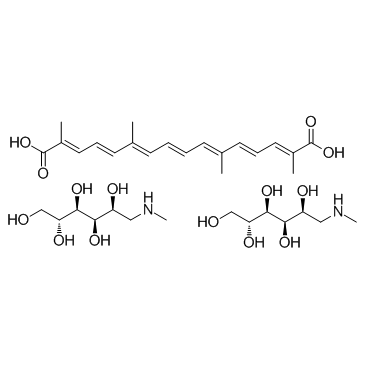
-
GC32447
Transcrocetinate disodium (Disodium trans-crocetinate)
Transcrocetinate Dinatrium (Dinatrium trans-crocetinate), extrahiert aus Safran (Crocus sativus L.), wirkt als NMDA-Rezeptorantagonist mit hoher AffinitÄt.
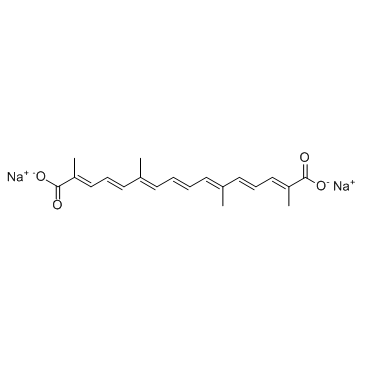
-
GC30839
Traxoprodil
Traxoprodil (CP101,606) ist ein potenter und selektiver NMDA-Antagonist und schÜtzt Hippocampus-Neuronen mit einem IC50 von 10 nM.
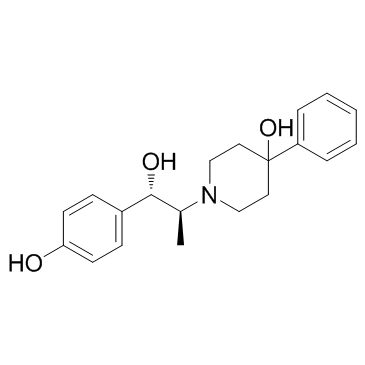
-
GC33685
Tulrampator (CX-1632)
Tulrampator (CX-1632) (CX-1632) ist ein oral bioverfÜgbarer positiver AMPAR (allosterischer Modulator des AMPA-Rezeptors).
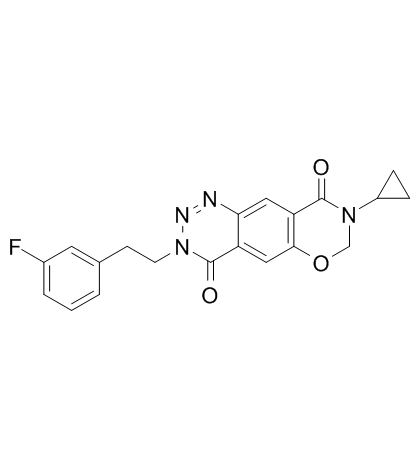
-
GC38446
UBP 302
An antagonist of GluR5 subunit-containing kainate receptors
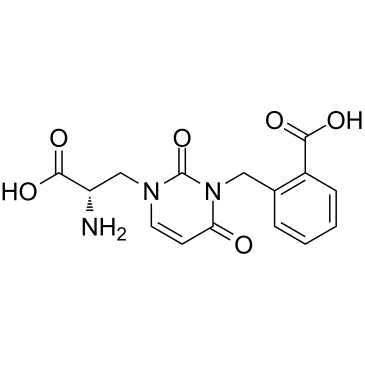
-
GC70084
UBP301 hydrochloride
UBP301 Hydrochlorid ist ein wirksamer selektiver Antagonist des Kainat-Rezeptors bei Rotalgen, mit einem IC50-Wert von 164 μM und einem KD-Wert von 5,94 μM. Die Selektivität von UBP301 Hydrochlorid für den Kainat-Rezeptor im Vergleich zum AMPA-Rezeptor beträgt das 30-fache. UBP301 Hydrochlorid ist ein Derivat von Willardiin.
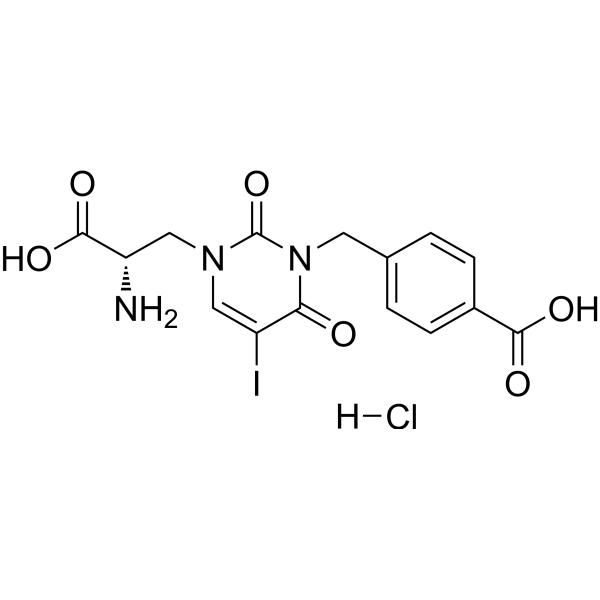
-
GC31153
UK-240455
UK-240455 ist ein potenter und selektiver N-Methyl-D-Aspartat (NMDA)-Glycin-Site-Antagonist.
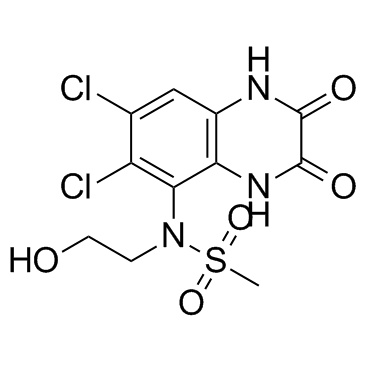
-
GC67922
Zelquistinel

-
GC16300
ZK 200775
ZK 200775 (ZK200775) ist ein hochselektiver AMPA/Kainat-Antagonist mit geringer AktivitÄt gegen NMDA; haben Ki-Werte von 3,2 nM, 100 nM und 8,5 μM gegen Quisqualat, Kainat bzw. NMDA.
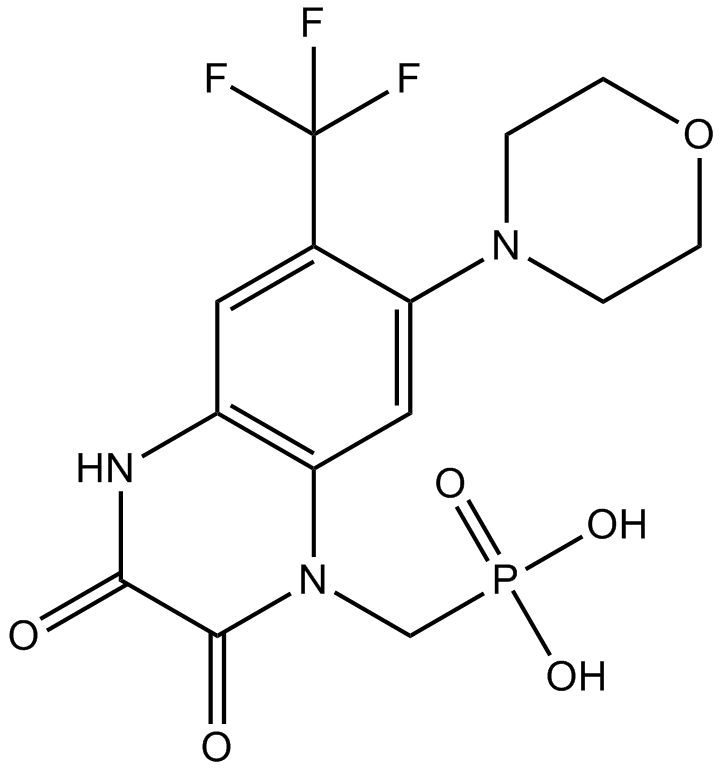
-
GC30818
ZL006
ZL006 ist ein potenter Inhibitor der nNOS/PSD-95-Interaktion und hemmt die NMDA-Rezeptor-vermittelte NO-Synthese.
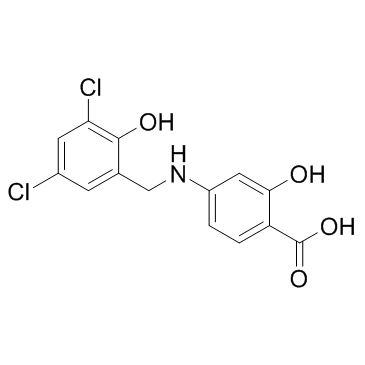
-
GC30457
Zonampanel (YM 872)
Zonampanel (YM 872) (YM 872) ist ein selektiver Antagonist des Glutamat-Rezeptor-Subtyps, α-Amino-3-hydroxy-5-methylisoxazol-4-propionsÄure (AMPA)-Rezeptor.
